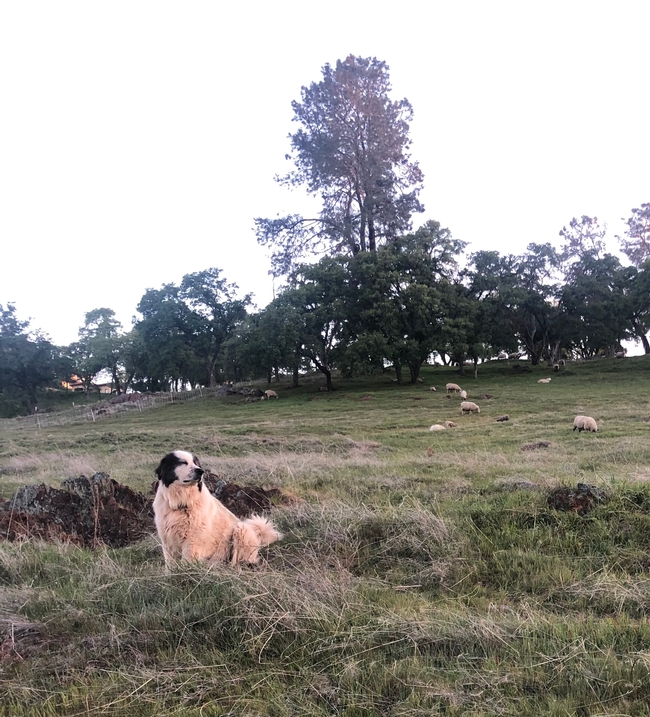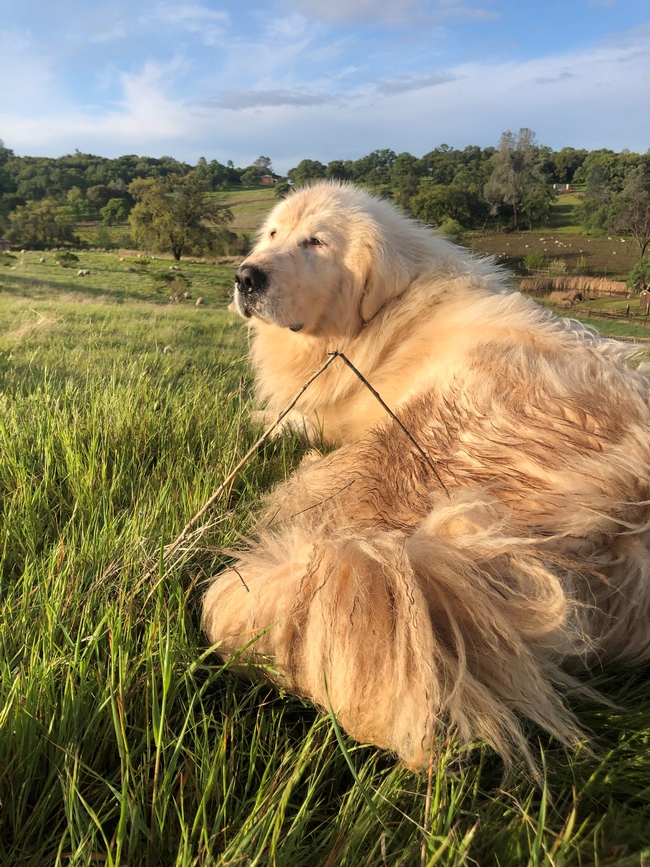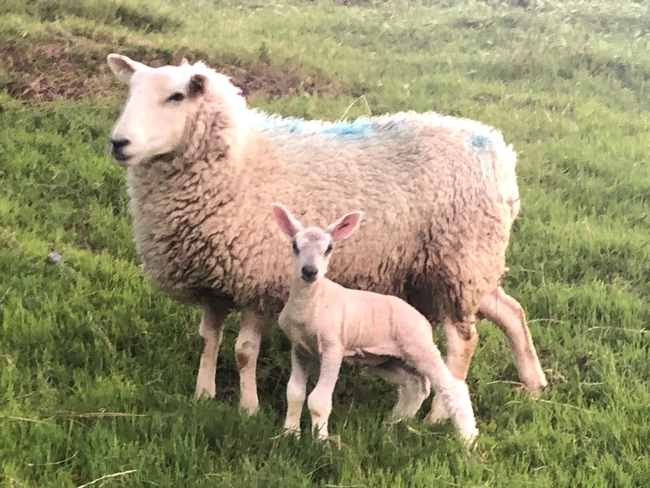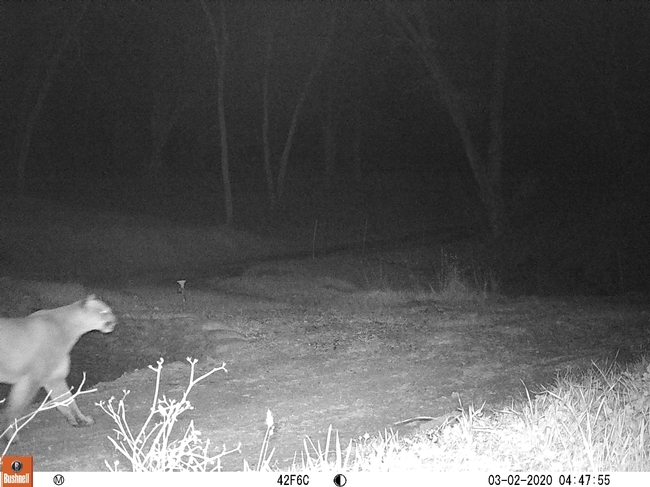
As I've written numerous times, research into the efficacy of livestock protection tools, including livestock guardian dogs, is difficult (if not impossible). The traditional model for scientific inquiry - that of comparing a treatment to a control - is extremely challenging when it comes to livestock protection tools. Fundamentally, nobody wants to be part of the control group (that is, nobody wants to leave a group of livestock unprotected to see if the treatment works!). Further challenges arise when we begin thinking about other variables - questions like the specific environment, the predators in that environment, the dietary preferences of those predators, the surrounding land uses, and so on.
Yet these challenges don't mean that we shouldn't try to shed light on questions about where specific livestock protection tools may work, or where they may fail. I like the idea of doing case studies - real world examples of the success or failure of these tools. In my mind, a useful case study would objectively describe as many of the site- and operation-specific details as possible. Case studies could take into account that many real-world management systems employ multiple tools. And case studies could be important whether or not a particular approach successfully prevented predator losses - sometimes we learn more from our failures than from our successes. The following account, then, is my first attempt at writing one of these case studies.
The Context
Flying Mule Sheep Company grazes approximately 100 head of sheep on foothill annual rangeland west of Auburn, California, from mid-December through early April. The flock is comprised of bred ewes (approximately 80 head) and replacement yearling ewes (approximately 20 head). The grazed landscape is a large-lot subdivision (20-40 acre lots). Individual parcels are connected via paved and unpaved private roads and Nevada Irrigation District canals. Many residences have domestic dogs; some have horses and donkeys. Vegetation in the grazed landscape includes open grasslands, blue/live oak savanna, blue/live oak woodland, and riparian vegetation. Surrounding land uses include grazing land (cattle, sheep, and goats) and a large regional park (mostly wildland).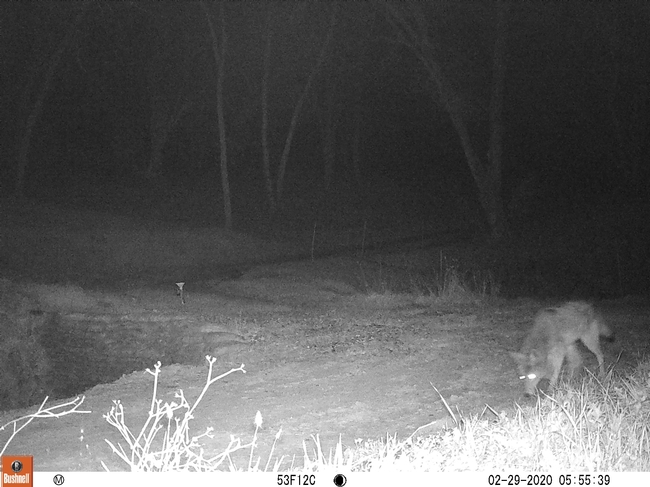
Twelve game cameras were placed throughout the grazed landscape in late December. Cameras were placed adjacent to game trails, roads, and canals to help determine the species of wildlife present and the frequency of camera "capture" in relationship to the proximity of livestock guardian dogs and sheep. In order of prevalence in game cameras from late December through early April, I noted coyotes, foxes, bobcats, and a single mountain lion (in the evening on March 1, 2020). Other wildlife caught on camera included deer, raccoons, skunks, jackrabbits, and turkeys.
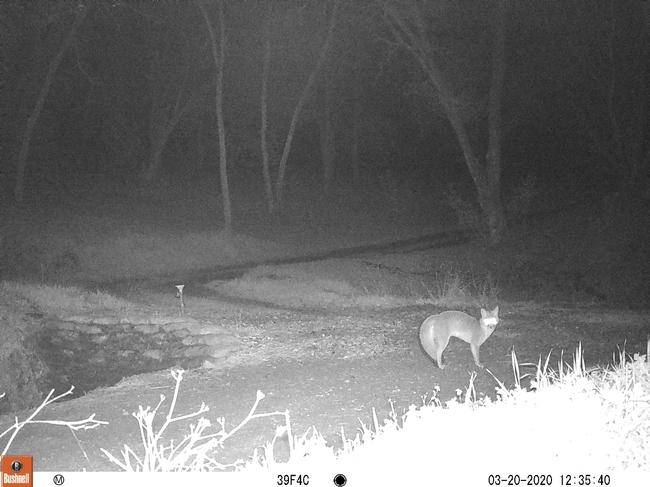
Results
During the graze period (December 15, 2019 through April 6, 2020), we had no predator losses. In early February, I found a buck that was likely killed by a mountain lion. On the night that we documented the mountain lion in a game camera (March 1), the flock was in a 13-acre paddock, the boundary of which was about 30 yards away from the camera location. On that date, there were 47 lambs with the ewes (between the ages of 1 day and 11 days). The sheep had been moved into this paddock on the morning of March 1. We lost three lambs during the time the sheep were in that paddock due to starvation or mis-mothering.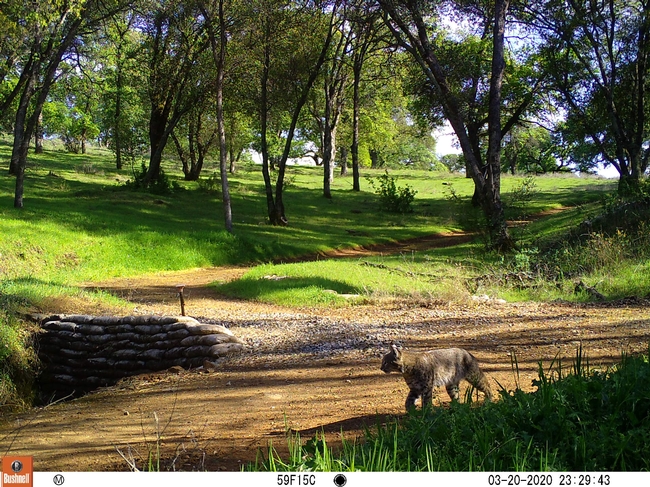
Conclusions
From a purely scientific standpoint, I cannot say that the dogs and electric fence prevented predation. While the cameras clearly demonstrated that we had predators in the vicinity of the sheep, I don't know that these specific predators would have killed sheep (rather than wildlife prey) if they'd had the opportunity. I don't know if these predators took livestock from unprotected herds/flocks during the same time period. That said, I can conclude that I feel much safer having dogs with the sheep in this landscape! I can also conclude that the mountain lion I caught in my camera has probably seem me more than I've seen it!
